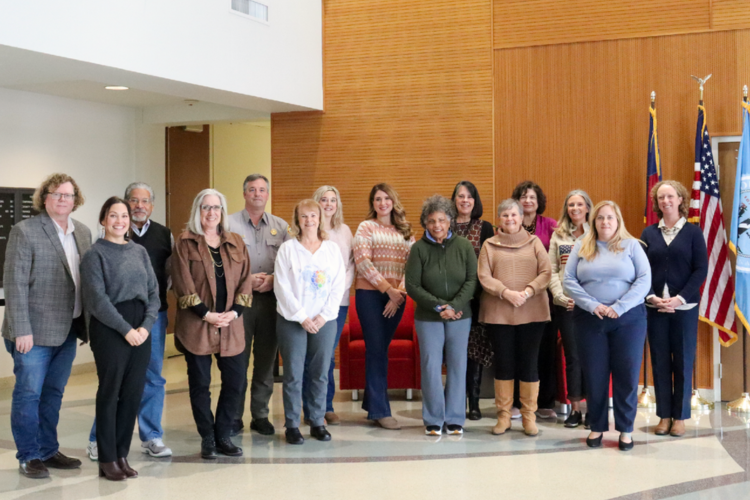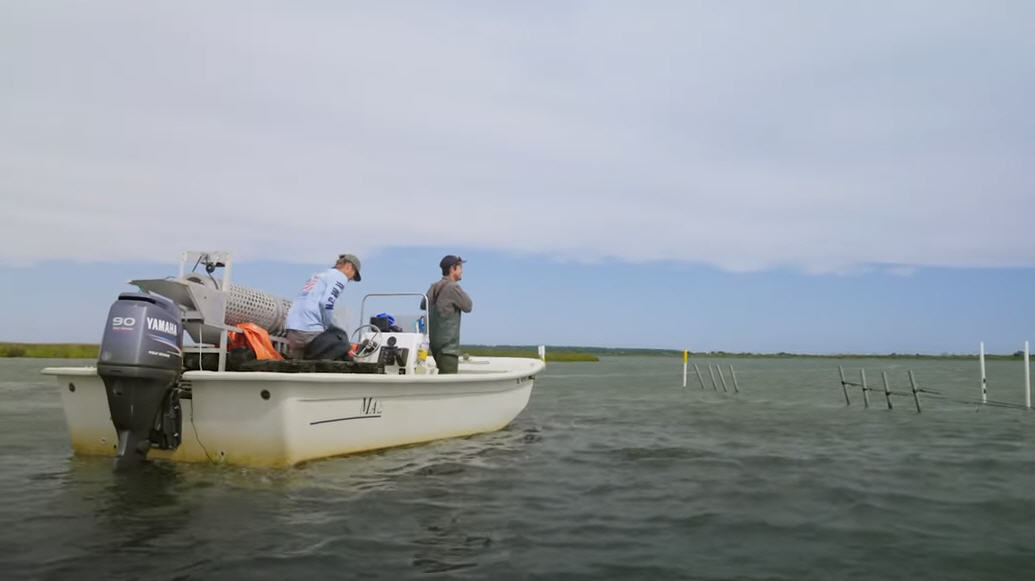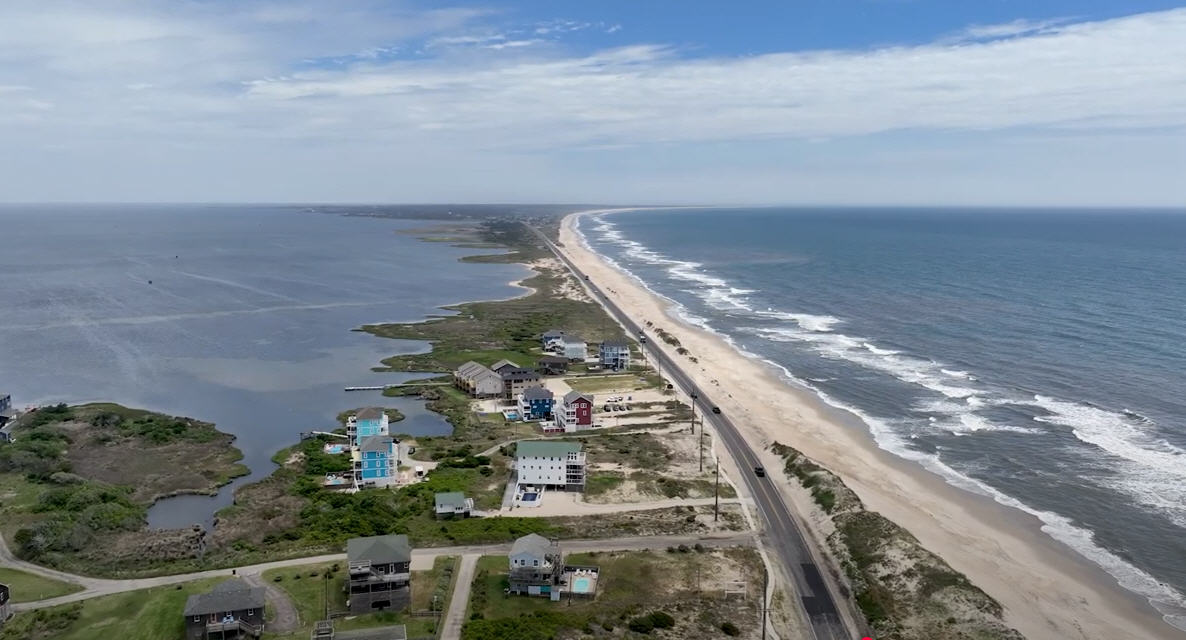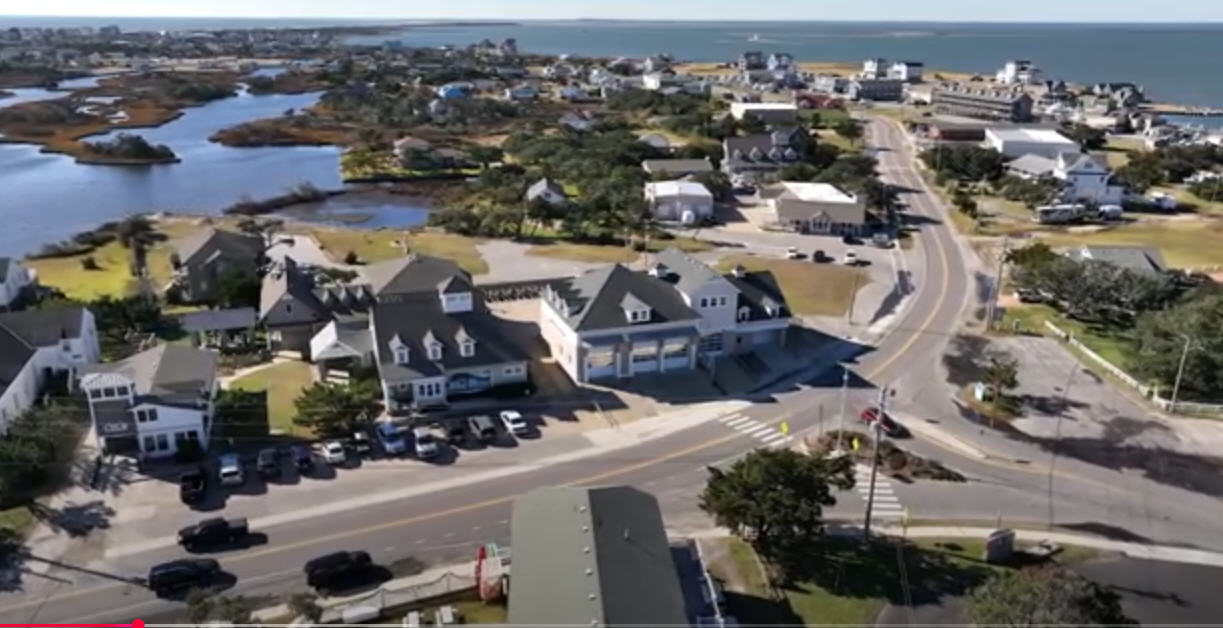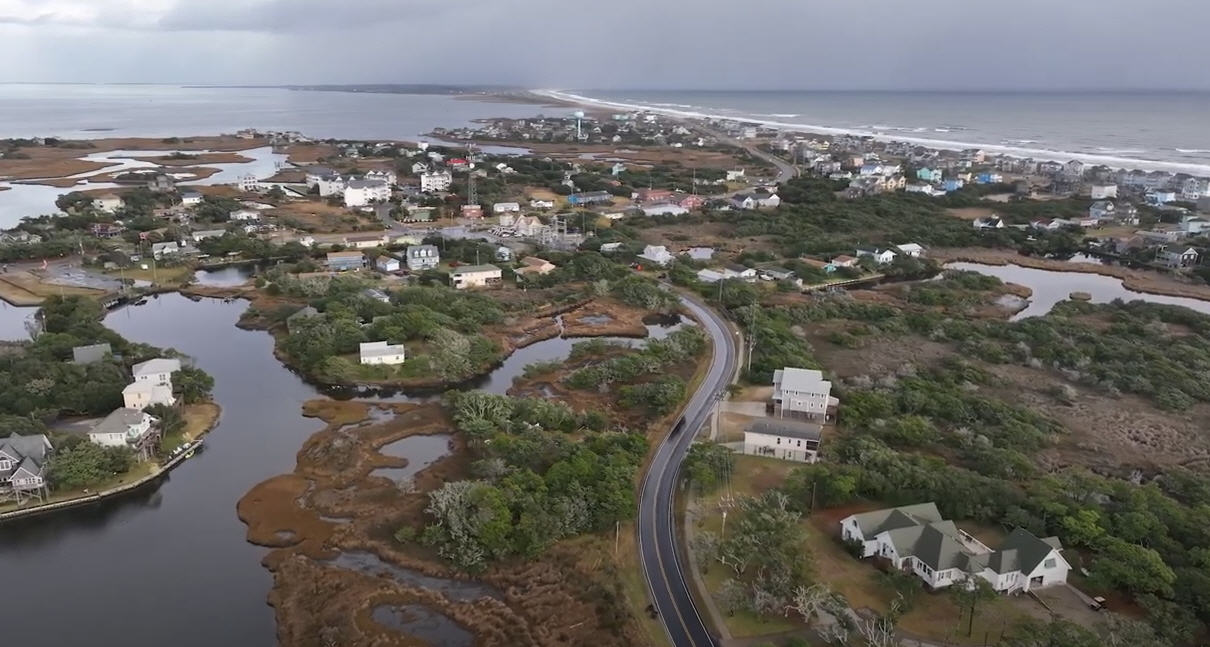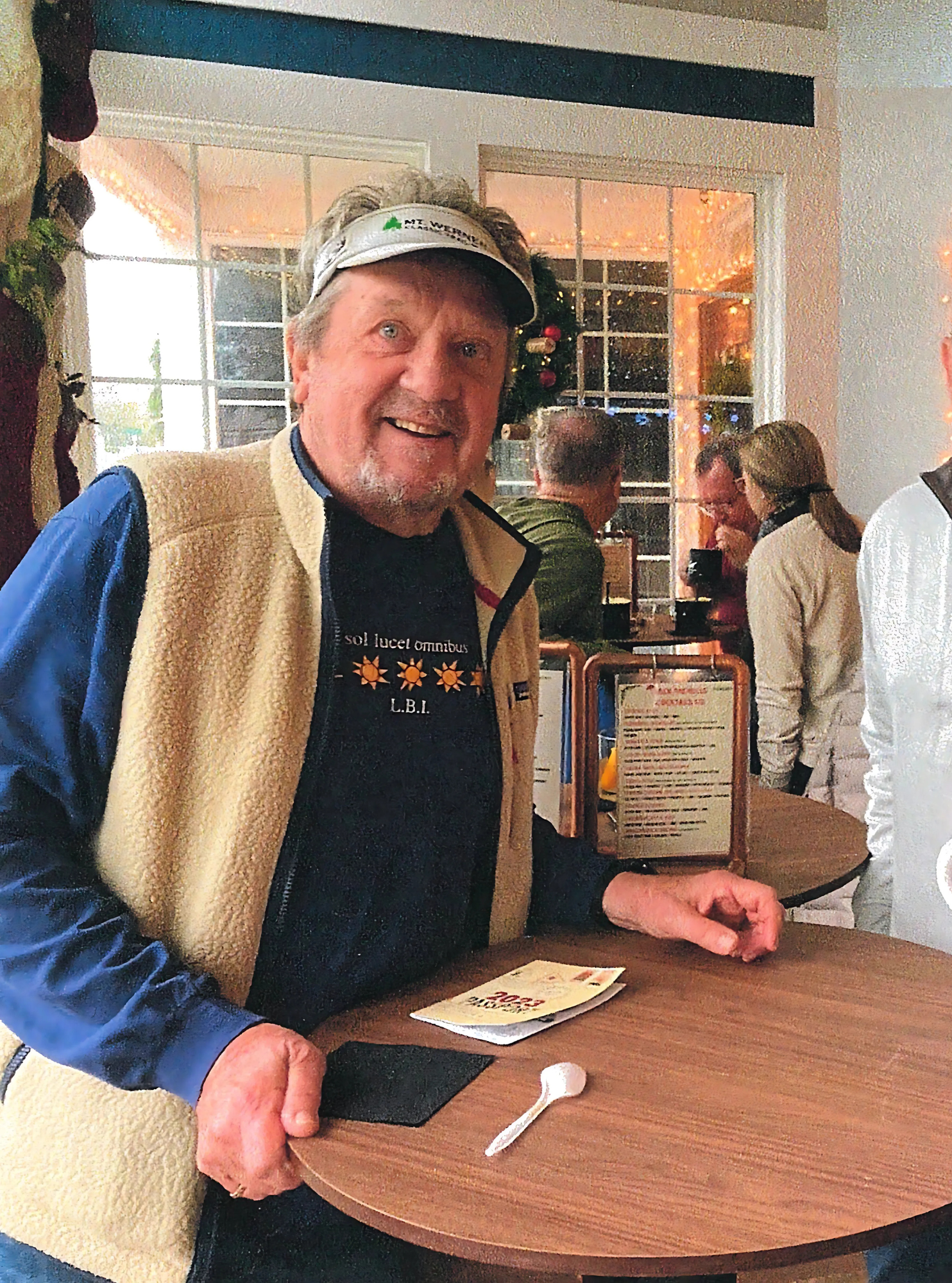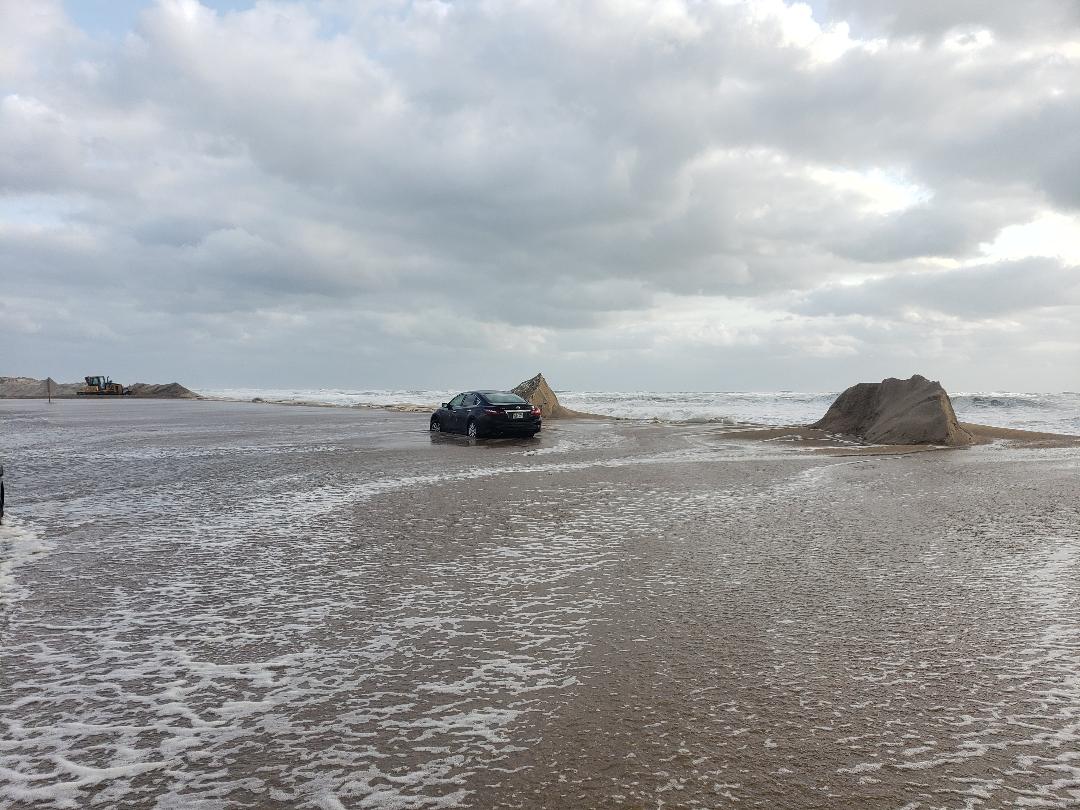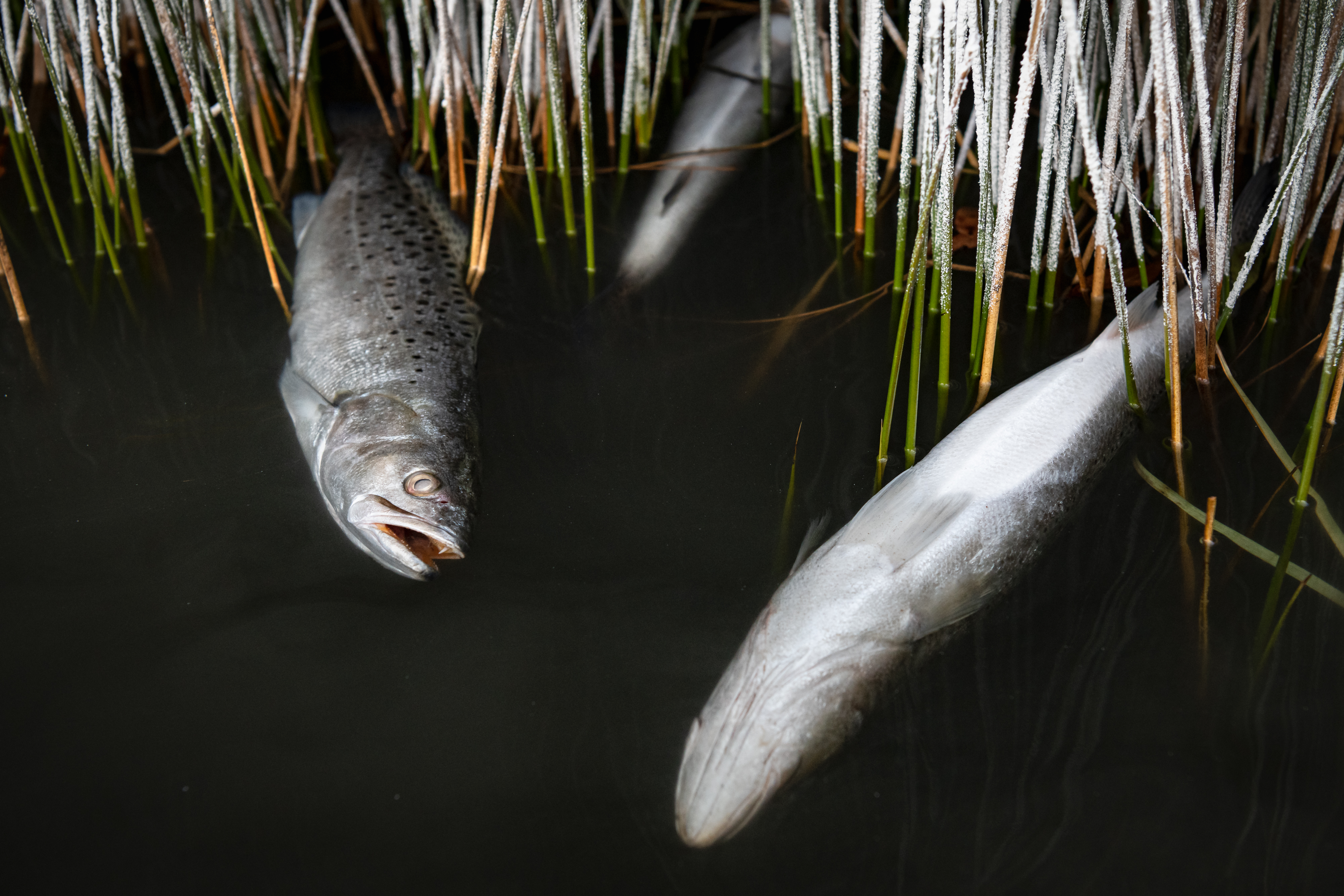Hatteras Local is on the Frontlines of the Disaster Response in Puerto Rico
Hatteras Island native Christina Willis has had a lifetime of experience with hurricanes, and that background has certainly been put to good and tireless work helping the people of Puerto Rico.
Working at FEMA since 2015, (after starting her Disaster Assistance career with AmeriCorps), Christina has been at the frontlines of the disaster response in Puerto Rico, and has had little time to breathe since the day Maria arrived.
Christina’s career has taken her to disaster ravaged areas across the country. She has helped respond to Louisiana flooding in 2016, Hurricane Matthew in Robeson County, N.C., and several storms in New Jersey and New York – including 2012’s Hurricane Sandy.
But the lifelong islander, and daughter of Belinda and Virgil Willis of Lee Robinson’s General Store, says that category 5 Hurricane Maria, which made a direct hit in Puerto Rico on September 20, was a different experience entirely.
“I’ve been through every single hurricane on Hatteras Island since I was born, but this was a different [kind of] storm. The wind was probably the worst I’ve ever heard,” she says. “Being from here, you’re used to hurricanes, but you just don’t know what the experience will be like in a new place. The unknown of it all was the scariest part.”
At 4 a.m. on the day Maria hit, Christina and her FEMA co-workers were evacuated from their hotel rooms into the main hotel lobby and ballroom, which was wet with rainwater from shattered windows. “Things were flying around the ballroom,” she says. “[The area] outside the concrete hotel was flooded, and a lot of friends had their hotel rooms flooded as well.”
“We knew it was category 5 storm, but we didn’t know how bad it was going to be.”
Christina’s experience came in handy both during and after the storm. She came prepared with a hurricane kit complete with flashlight, water, snacks, and other necessities, as the team hunkered down during the height of Maria.
“I had a good idea of what to expect from hurricanes,” she says. “Most of my co-workers are from New York or New Jersey. They experienced Hurricane Sandy, but didn’t know what to do for a storm like this.”
The Hatteras Island upbringing that helped Christina ride out Hurricane Maria also led her into the disaster recovery profession to begin with.
The first storm that 28-year-old Christina remembers was 1993’s Hurricane Emily, which devastated her hometown of Hatteras village.
When Hurricane Isabel arrived in 2003, and Hatteras village was cut off from the rest of the world, Christina volunteered with the local Salvation Army response. “Being from Hatteras, I’m already a weather geek,” she says. “But the experience of living in Hatteras village when it was cut off – and trying to help – that’s what inspired me to believe that I could have a career in disaster relief.”
Christina went to college at Virginia Commonwealth University, which launched the first Homeland security and emergency preparedness program in the country in 2005. And when she began her career after graduation, she filled a long roster of roles – from working with local governments on infrastructure recovery, to talking with survivors one on one.
In Puerto Rico, she is working outside her normal job description in an area called DSA – disaster survival assistance.
In this role, Christina is truly on the frontlines, talking with survivors and trying to match them with needed help.
“We register survivors for assistance, or home repairs – anything to help them get back on their feet,” she says.
It’s a tough task in a storm ravaged area like Puerto Rico, where she says wooden homes have been leveled, and even the trees have been stripped bare. “It looks like wintertime in a place where there is no winter.”
Christina talks to people at area community centers, and often, she goes into local neighborhoods, door-to-door, where talks with people in a more intimate and personal setting.
And just as her background helped her during the storm itself, it has also been instrumental in dealing with the survivors of a massive disaster like Maria.
“As a hurricane survivor myself, when they are telling you their story, it’s easy to have a listening ear. You understand some of what they are going through,” she says. “It’s helpful to have a background of going through a disaster – You have compassion, because you understand on a deeper level.”
Christina has talked to families who have lost homes that were passed down from their great grandmother, or who are living with 10 family members in a broken down house after the storm.
It’s a long and tiring job, and Christina and the FEMA team work seven days a week from 7 a.m. until 7 p.m.
She was only recently able to catch her breath when she took a quick respite back to Hatteras Island, and was able to reunite with family and friends for the first time after Maria hit.
“Once I got home, I took two or three naps per day,” she says. “The exhaustion catches up with you. I didn’t realize it until I came home this past weekend.”
And Christina’s Hatteras homecoming is short lived.
On Friday, she is flying back to Puerto Rico to return to the ongoing disaster response, and she doesn’t expect to come home to the continental U.S. until after the holidays, in January or February. “I’ll definitely rest then,” she says with a laugh.
In the meantime, her Hatteras Island roots continue to propel her efforts to help in an arena where it can be easy to be discouraged, stressed and exhausted.
But Christina attests that her life on Hatteras Island has made her ready for the job at hand.
“The people in Puerto Rico are very much like Hatteras people. They are very resilient,” she says. “They’ve been through hurricanes before, and they know how to survive – like we do.”
“You just keep going when you’re working, and if you’ve had experience with hurricanes, you learn how to deal with catastrophes and how to respond,” she adds. “You don’t want to be down in your spirits with a person who is already having everything [go] wrong in their life – You don’t want to be a burden to people who are suffering.”
“Seeing people recover after disasters – especially being from here – is a really rewarding experience,” she says, “and knowing that you’re one of the reasons why they are able to get back on their feet.”








